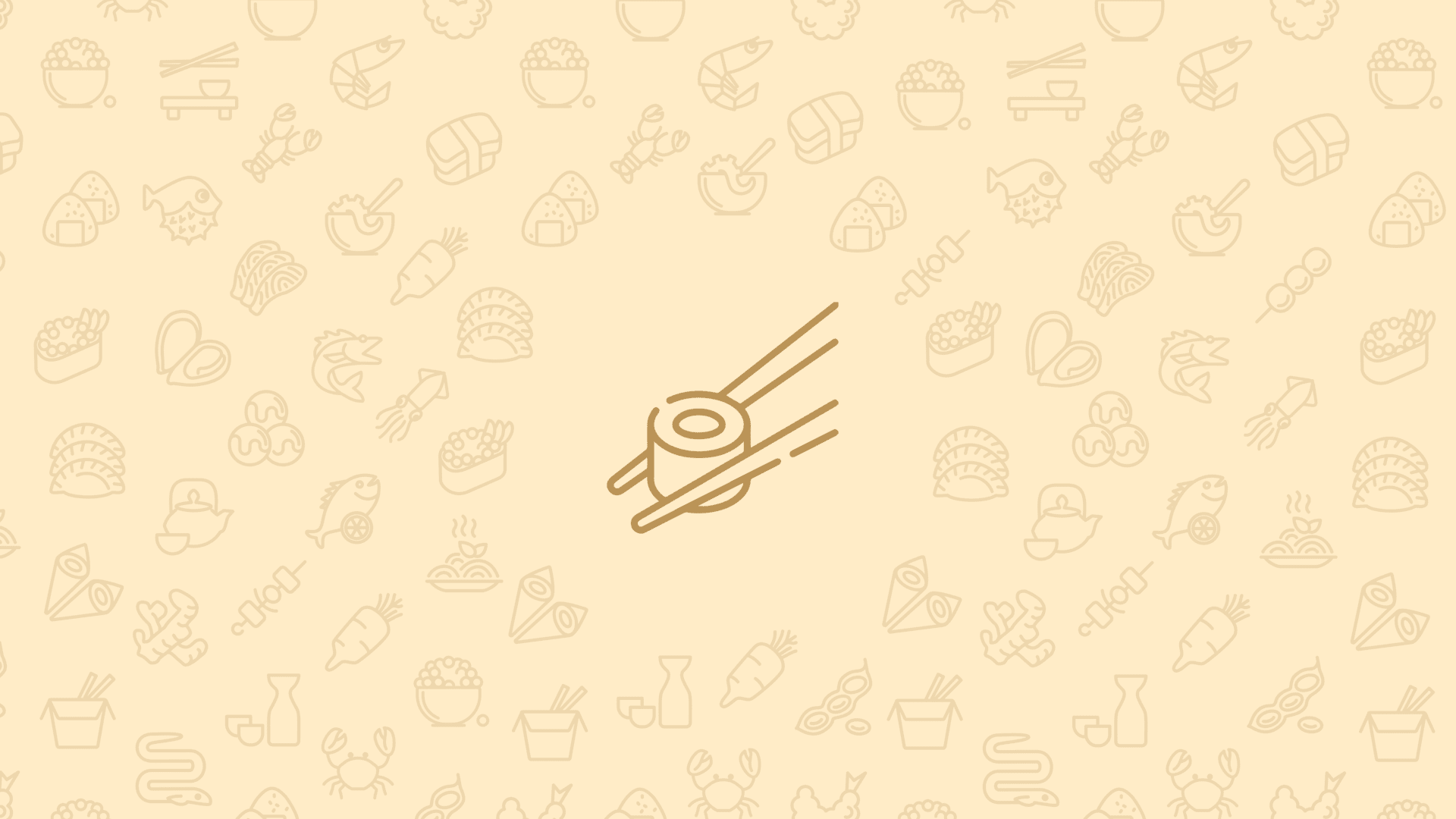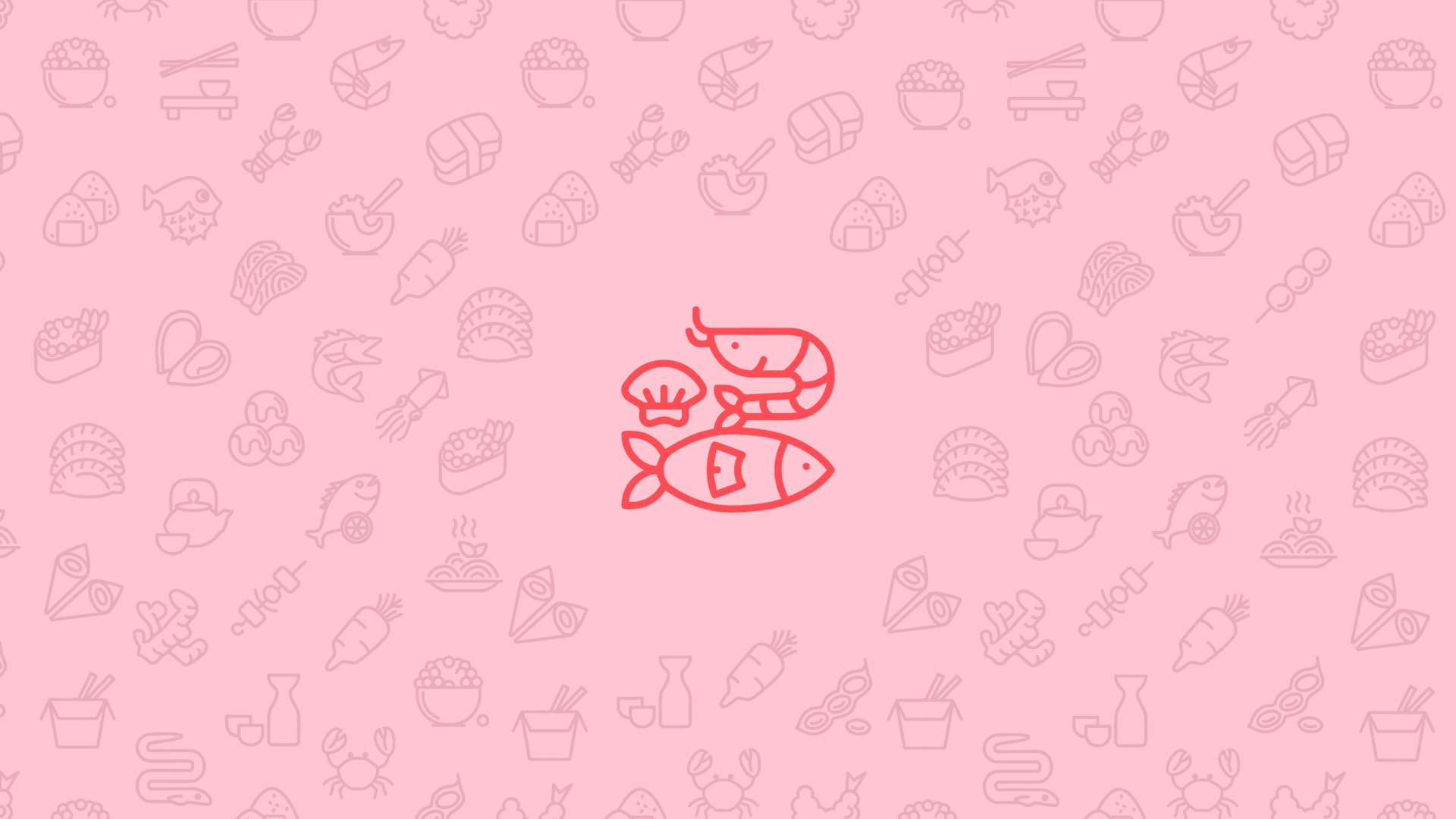I remember the first time I ate shirasu, a decade ago at my grandparents’ house in Yokohama.
From afar, it looked like any other rice bowl, but when I got a little closer, I could see it was composed of a hundred or so tiny white fish with beady black eyes; a whole school of fish–brothers and sisters and the whole extended family, I thought uneasily.
It was unnerving.
But the first trepidatious mouthful alleviated this feeling–the shirasu was tender and fluffy, with a slight oceanic saltiness. Its delicate texture and subtle flavor weren’t unpleasant at all. It just tasted like simple, healthy food.

For all those who are on the fence about trying shirasu, I completely understand. But hopefully this post can help you familiarize yourself with this ingredient, as well as give you a couple of basic shirasu recipes to try at home; including a shirasu-potato croquette recipe because, well, everything is better when it’s deep-fried!
What is Shirasu and How is Shirasu Processed?
Shirasu are a type of whitebait (immature fish) that are around one to two centimeters in length. Usually they are baby sardines, but shirasu can also refer to other types of fish.
Shirasu products are labeled according to the degree to which they’ve been processed.
First, there’s nama shirasu (生しらす) raw shirasu, which has a slippery texture and translucent, silvery color.
Then there’s kama-age shirasu (釜揚げしらす) which has been quickly blanched in salted water.
Shirasu boshi (しらす干し) are also blanched, but then lightly dried for an al dente texture.
Lastly, there’s chirimen jako (縮緬雑魚) which is dried even more, and often simmered in soy sauce and mirin to make tsukudani.
What Does Shirasu Taste Like?
On its own, blanched shirasu is lightly salted like the ocean, with a fluffy texture. Meanwhile, raw shirasu is more slippery in texture, with barely any flavor, and appears translucent. However, if the raw shirasu isn't served fresh, you may detect a slight bitterness.
With its delicate taste, shirasu absorbs other flavors well, and a bit of soy sauce, ginger, or wasabi goes a long way in seasoning either raw or cooked shirasu.
Where to Eat Shirasu in Japan?

As raw shirasu has a short shelf life, we recommend going straight to the source to try it.
One of the best places to eat fresh shirasu near Tokyo is Enoshima in Kanagawa Prefecture, located just a couple hours by train from the capital.
This tiny island is home to shirasu everything–from the classic shirasu donburi (rice bowl) to shirasu korokke (croquette)–both of which you’ll learn how to make in the recipes below–and even shirasu beer and ice cream!
One well-known local shop that serves all of the above is Enoshima Shirasu Tobiccho (江の島 しらす とびっちょ) which has a couple of locations in Enoshima.
Although I haven’t dined at Tobiccho myself (the wait for a table was over two hours when I arrived!) you can check out the video at the top of the page to see Shizuka and Sonny try their donburi, korokke, and even shirasu sake. (And if you do decide to dine there, learn from my experience… be prepared for a wait.)
Although Enoshima may be mostly known for shirasu, there are other must-eat foods in Enoshima beyond the tiny fish.
How to Eat Shirasu: Easy Shirasu Recipes
Owing to its subtle flavor, shirasu is a versatile ingredient that can be used in everything from fish cake to savory pie to senbei (rice crackers).
Below we share two simple recipes: a shirasu donburi that comes together in 5 minutes (perfect for a quick lunch), and a slightly more involved shirasu croquette recipe that’s crispy on the outside and packed full of tender shirasu, sweet onions, and fluffy mashed potatoes.
Both of the shirasu recipes below use hoshi shirasu (dried shirasu), which can be found readily available in supermarkets across Japan.
Shirasu Donburi (Shirasudon) Ingredients
- 1 serving of rice
- 4-5 shiso leaves
- 25g shirasu boshi (approx. ¼ to ⅓ U.S. cup)
- 1 tsp soy sauce
- 1/2 tsp mirin
- Wasabi to taste
- Optional: shiokombu (salted kelp), raw egg
Makes 1 serving.
Method - How to Make Shirasu Donburi
Scoop a serving of rice into a bowl and layer with 4-5 fresh shiso (perilla leaves).
In a small bowl, mix 1 tsp soy sauce, ½ tsp mirin, and a dollop of wasabi.
Top the rice with a generous mountain of shirasu.
Add the sauce mixture and feel free to add other toppings, such as shiokombu (salted kelp) like I did here, raw egg yolk, chopped scallions, or another type of seafood like ikura or negitoro (minced raw tuna).
Shirasu Korokke Ingredients
- 450g potatoes (approx. 1lb)
- 100g onion (1 small onion or ½ large onion)
- ½ tbsp neutral oil
- 75g shirasu boshi
- ¼ tsp salt
- ⅛ tsp ground black pepper
- ½ tbsp salted butter
- ¼ tsp kosher salt
- ⅛ tsp ground black pepper
- 30g all-purpose flour (¼ cup)
- 40g panko breadcrumbs (¾ cup)
- 1 egg, beaten
- 3-4 cups of neutral oil for frying
- Tonkatsu sauce to serve
Makes about 8 palm-sized croquettes.
Method - How to Make Shirasu Korokke
Chop potatoes into equal pieces (I cut each of my potatoes into eighths) and bring to a boil starting from cold water.
While the potatoes are boiling (they’ll take 15-20 minutes to cook through), mince the onion finely.
Cook the onion in a little oil until golden, and season with salt and pepper. Turn off the heat and allow it to cool.
After the potatoes are fork-tender, drain them and return the pot to low heat, allowing the excess moisture from the potatoes to evaporate. We want them to be pretty dry.
Transfer potatoes to a bowl and mash, seasoning with butter, salt, and pepper.
Add the caramelized minced onion and the shirasu to the potato mash and mix.
Form the mixture into oval-shaped patties, around 2 ½ to 3 inches long. Make sure the potato mixture is firmly pressed together. To further prevent the korokke from falling apart, put them in the fridge to set for at least 20 minutes.
Prepare your breading station. You should have 3 bowls, one with beaten egg, one with flour, and the final one with panko (Japanese breadcrumbs).
Dip each potato korokke in the flour, gently dusting off the excess flour before coating in the beaten egg, and tossing with the panko. Press the panko gently into the korokke to help it adhere.
Heat the oil for frying. To test if the oil is hot enough, place the tip of a wooden cooking chopstick into the oil. If you see small bubbles forming around it, you’re good to go!
Fry 2 or 3 at a time for 2-3 minutes or until golden brown.
Transfer korokke to a wire rack or paper towel-lined plate to let the excess oil drain off.
Korokke is usually accompanied by shredded cabbage, but I went with lettuce here. Top it all off with tonkatsu sauce for maximum flavor and enjoy!
Hopefully, these shirasu recipes have lessened the intimidation factor of this traditional Japanese ingredient. And if you enjoyed the videos above and want to find out more about the wild world of Japanese cuisine, subscribe to the Japan by Food YouTube channel.





















